How to Check the Audio Quality of Your Headphones Without Testing


Read in other languages:
Buying a pair of Bluetooth headphones or wireless earphones is far riskier than picking up other consumer electronics. How do I know whether the AirPods Pro 2 (review) or the Sony WH-1000XM5 (review) will sound good to be before making a purchase? By looking at the technical specifications of the headphones or true wireless earphones you're interested in, you can already get a good idea.
Audio quality is an essential but highly subjective criterion. Simply describing an audio signature faithfully is in itself a very difficult task. Most reviewers like me are neither true audiophiles nor music experts. The overly flowery language of audio reviews makes them very inaccessible to "normal" users.
Why not read the following for yourself? The Bose QC Ultra Headphones (review) deliver deep bass with a slight hint of brilliance in the upper spectrum? On Tom Lehrer's The Masochism Tango, the spatialization is not lacking in precision, giving the soundstage an immersive depth. Great, I didn't understand a thing, but it sounds good, so I'm going to buy this $300 Bluetooth headphones with my eyes closed.
Anyway, the obscure and random lexicon of audio testing deserves an article of its own, I'll let you know if you're interested. The best way to form an opinion on the audio quality of a pair of headphones or earphones is to go and try them out for yourself in a store. Maybe you're too lazy to go to a physical store like me. Or perhaps you dread the slightest social interaction, also like me.
In that case, let's take a look at some of the specifications that can give you a more concrete idea concerning the audio quality of a Bluetooth headset (comparison) or a pair of true wireless earphones (comparison).
Table of Contents:
- Hi-Res certification
- Supported Bluetooth codecs
- Frequency response
- Audio signature
- Driver size and sensitivity
Hi-Res certification
The main criterion for audio quality is the audio file's quality which you want to listen to using your headphones or earphones. There are many different audio file formats available. These formats offer varying degrees of resolution. Needless to say, the higher the resolution, the less compressed the sound and the better the quality.
"Resolution" is a bit of a catch-all term. Simply remember that there are three elements to consider: bit depth, sample rate, and bitrate.
Sample rate: Music was originally analog. To digitize it, you first have to sample the analog signal, i.e. take values from the signal at a certain interval. For CDs, this interval stands at 44.1 kHz. The sound is sampled 44,100 times every second. The higher the sampling rate, the more faithful the sound reproduction is.
Bit depth: To quantify these samples in a way that a computer can interpret them, we use bits. For audio quality, the most common bit depth is 16 bits for each of the 44,100 samples.
Bit rate: This is the number of bits used to represent each second of sound. In CD quality, the bit rate is 1411 kbps or 1.411 Mbps. This value is obtained by multiplying the sample rate by the bit rate, but since there are two stereo channels, it must also be multiplied by 2: (16 x 44,100) x 2 = 1411200 bps, or 1411 kbps or 1.411 Mbps. The higher the bit rate, the better the sound quality (and the larger the audio file size).
All formats with values higher than CD quality (16 bits/ 44.1 kHz at 1411 kbps) are considered Hi-Res. ALAC or FLAC tracks are considered Hi-Res while songs in MP3 or AAC are not. The official standard was set by JEITA, the association for the development of the Japanese electronics industry. A minimum of 24-bit depth and 96 kHz sampling rate is required to be certified as Hi-Res.
| Bit depth | Sampling rate | Max. bit rate | |
|---|---|---|---|
| mp3 | 16-bit | 44.1 kHz | 320 kbps |
| CD quality | 16-bit | 44.1 kHz | 1411 kbps |
| Hi-Res | 24-bit | 48 / 96 / 192 kHz | 9216 kbps |
Supported Bluetooth codecs
Even if your Bluetooth headset or true wireless headphones can handle Hi-Res tracks, broadcasting via Bluetooth ALWAYS involves compression and therefore, a drop in quality.
It is here we need to pay particular attention to the bitrate. Take the SBC and AAC codecs, for instance. These are the most basic codecs that any pair of headphones should support.
- All you need to know about Bluetooth codecs for headphones and earphones
These codecs enable you to listen to tracks in CD quality at 16 bit/44.1 kHz but with drastic compression. The sound is said to be "lossy". Information is lost, and the music that reaches your ears via Bluetooth is of lower quality than the track running from your source (smartphone, etc.).
With a Hi-Res track, the file is far too large for lossless wireless playback. No codec can deliver Hi-Res lossless sound. In CD quality, some codecs enable lossless sound. Even in this case, there is still a small loss.
| Bit depth | Sampling rate | Maximum bit rate | Lossy/lossless? | |
|---|---|---|---|---|
| SBC | 16-bit | 44.1 kHz | 345 kbps | Lossy |
| AAC | 16-bit | 44.1 kHz | 256 kbps | Lossy |
| aptX | 24-bit | 48 kHz | 384 kbps | Lossy |
| aptX HD | 24-bit | 48 kHz | 576 kbps | Lossy |
| aptX Adaptive | 24-bit | 96 kHz | 420 kbps | Lossy |
| aptX lossless | 16-bit | 44.1 kHz | 1200 kbps | Lossless (CD quality), lossy (Hi-Res) |
| LDAC | 24-bit | 96 kHz | 990 kbps | Lossless (CD quality), lossy (Hi-Res) |
| LHDC | 24-bit | 96 kHz | 900 kbps | lossless (CD quality), lossy (Hi-Res) |
Frequency response
This is the range of frequencies your headphones can reproduce via their drivers, from the lowest to the highest frequencies. Generally speaking, this frequency range stands between 20 and 20,000 Hz or 20 Hz and 20 kHz.
This frequency range corresponds to what the human ear is capable of perceiving. Some headphones can go lower or higher.
A wider frequency range lets you hear more subtle sounds. This is a good thing by itself but your headphones still need to be able to correctly reproduce these frequencies.
What's the point of having headphones that can go up to 40,000 Hz if the frequencies crush your eardrums or distort the sound coming out? That's where the audio signature comes in.
Audio signature
This is perhaps the most important and useful element for getting an idea of the audio quality of a Bluetooth headset or wireless earphones. A track is broken down into three main frequency types: bass, midrange, and treble. These sections each have sub-sections, but because we're not audiophiles here, we'll make do with this highly simplified structure.
Depending on the type of frequency emphasized or not by the headphones, a curve will emerge. This curve corresponds to the sound signature of the Bluetooth headset or wireless earphones.
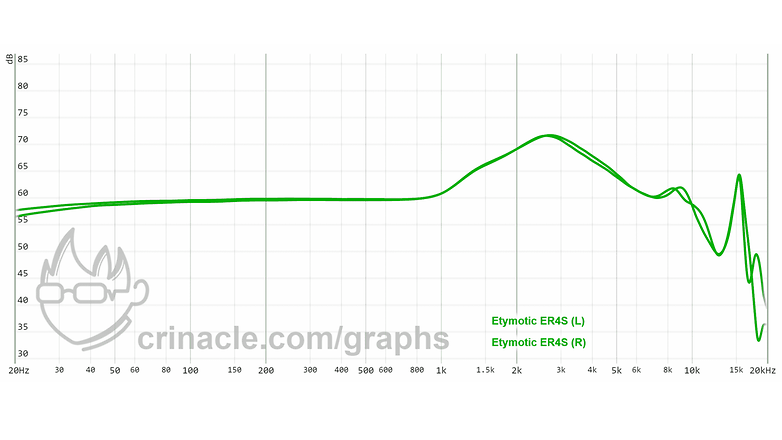
Basically, you can see the amplitude and volume (expressed in decibels) your headphones or earphones offer when it comes to a specific frequency.
There are several archetypes of audio signature, which I won't dive deeper into. However, a signature that is too pronounced or too irregular risks distorting the "original" sound.
The ideal is to have headphones with the most neutral signature (a flat curve). It is then reproduced sound will be the most faithful. However, you cannot totally "erase" a character trait using an equalizer.
In any case, it depends on YOUR preferences. I still have a lot to learn about this and I don't have the necessary measuring equipment at the moment to define my own frequency curves.
Until I catch up and become more proficient on the matter, I can advise you to turn to content creator Crinacle. He's got a website and a Youtube channel, and he's got plenty of headphone/earphone reviews with plenty of explanatory articles. In the video below, he explains as clearly as possible how to read a frequency curve. He's far more knowledgeable than I am, and although his approach is geared toward an audiophile audience, I found his content to be very accessible for beginners.
Driver size and sensitivity
This is the easiest thing to figure out, but it is also the one that informs you the least about audio quality. This is why I've put it at the end of this article. In general, I advise you not to place too much importance on this element.
Driver, transducer, diaphragm, loudspeaker, all these terms mean the same thing, even if some of them abuse the meaning. There are several driver types to choose from. The most common are dynamic drivers, found on most consumer audio products.
We have a membrane tuned to a small ring. Your smartphone sends a digital signal, converted into an analog signal, to your headphones, causing the membranes to move, and the air generated by these hyper-fast micro-movements creates the sound wave that reaches your ears.
The size of the drivers, the materials they're made of, and many other elements have an impact on the sound. However, they're not enough on their own.
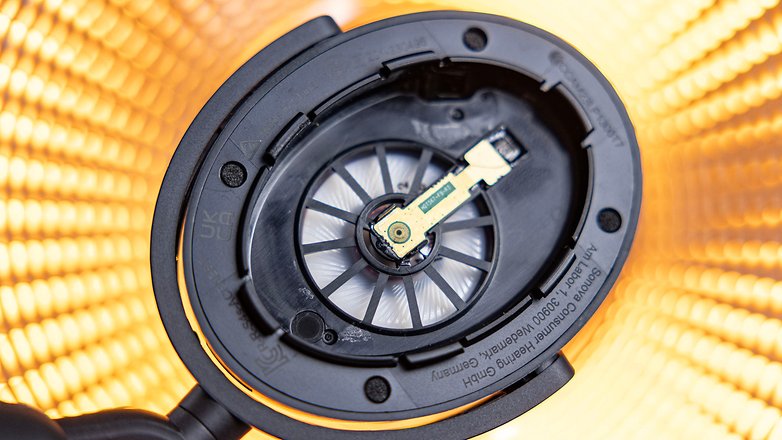
Conclusion
At the risk of sounding like a broken record, it's best to go and try out the headphones or earphones in person before buying them. Everyone has their own interpretation of what good sound is.
Yes, there are objectively measurable elements or technical aspects that can give you an initial idea of a product's audio quality.
However, all these elements are no substitute for a real-life trial. Go to your favorite local store, test the headphones or earphones using your favorite music genre to form your own opinion. Fiddle around with the equalizer and compare it with other models.
What do you think of this guide? Did you find it useful when selecting a pair of Bluetooth headphones or wireless earphones? How do you audio quality personally? Which criterion is most interesting to you, and do you find online reviews lacking in clarity, too?






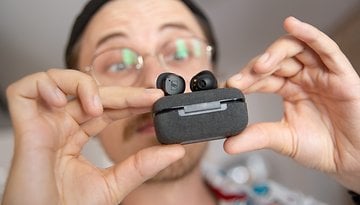

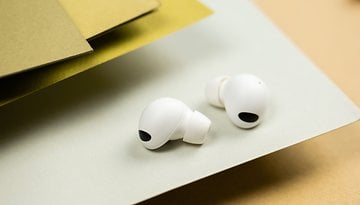
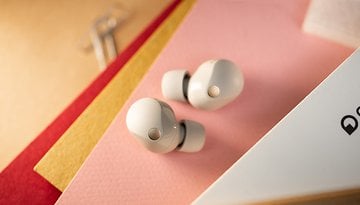
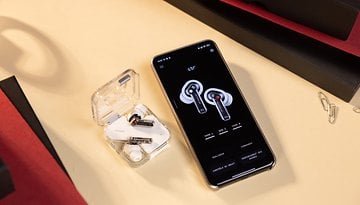





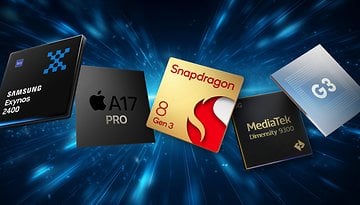

Recommended editorial content
With your consent, external content is loaded here.
By clicking on the button above, you agree that external content may be displayed to you. Personal data may be transmitted to third-party providers in the process. You can find more information about this in our Privacy Policy.